Unleashing the Power of Isometrics: Strength and Endurance Without the Strain
Isometric exercises, often overlooked in favor of dynamic movements, hold the key to unlocking incredible strength and endurance gains without putting excessive strain on your joints. By maintaining a static position, you can challenge your muscles and build stability, making isometrics an ideal addition to any workout routine. In this blog post, we’ll delve into the science behind isometric exercises, explore their unique benefits, and discuss how to incorporate them into your fitness journey for optimal results.
The Science of Isometrics
Isometric exercises involve muscle contractions without any change in the muscle’s length or the joint’s angle. These static holds generate tension in the muscle fibers, leading to improved muscle strength and endurance. Isometrics can be categorized into two types:
- Overcoming isometrics: These exercises involve pushing or pulling against an immovable object, such as pressing against a wall or performing a plank.
- Yielding isometrics: These exercises involve holding a position against gravity, such as holding a dumbbell curl at 90 degrees or maintaining a squat position.
Building Strength and Endurance
One of the main advantages of isometric exercises is their ability to target specific muscles or muscle groups, leading to enhanced strength and endurance. By holding a position under tension, you’re forcing your muscles to recruit more muscle fibers and adapt to the stress, leading to increased strength over time.
Additionally, isometric exercises are efficient for improving muscular endurance. Since you’re maintaining a position for an extended period, your muscles are forced to work harder to sustain the contraction, resulting in improved stamina.
Protecting Your Joints
Isometric exercises can be particularly beneficial for those with joint issues or recovering from injuries, as they put less strain on the joints compared to dynamic exercises. By eliminating the repetitive movements associated with traditional workouts, isometrics minimize joint wear and tear, making them a safer option for those with joint concerns.
Enhancing Core Stability
Incorporating isometric exercises into your routine can help strengthen your core, which is essential for maintaining good posture, preventing injuries, and supporting your spine. Isometric core exercises, such as planks and hollow holds, engage multiple muscle groups, leading to improved overall stability and balance.
How to Incorporate Isometrics into Your Workout
Adding isometric exercises to your workout routine is relatively simple. Here are a few tips to help you get started:
- Start with basic exercises: Begin with simple isometric exercises, such as wall sits, planks, and glute bridges, to build a strong foundation.
- Gradually increase hold times: Start by holding positions for 10-15 seconds and work your way up to 30-60 seconds as your strength and endurance improve.
- Mix it up: Combine isometric exercises with dynamic movements to create a well-rounded workout routine. For example, follow a set of squats with a wall sit or pair push-ups with a plank hold.
- Focus on proper form: Ensure you’re maintaining proper alignment and posture during isometric exercises to prevent injuries and maximize their effectiveness.
5 Isometric Exercises for a Full Body Workout
Are you ready to incorporate isometric exercises into your fitness program? Try mixing into your routine some of the movements that Bollig resorts to and that we show you below.
1. Wall squat
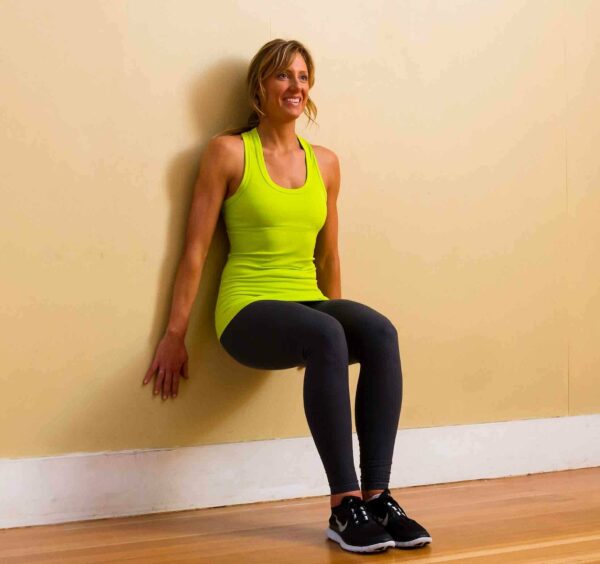
- Start by standing about two feet from a wall with your back against it.
- Slide your back down the wall until your hips and knees are bent at a 90-degree angle.
- Keep your shoulders, upper back, and the back of your head against the wall.
- Both feet should be flat on the ground with your weight evenly distributed.
- Hold the position for the required time.
- Repetitions: 2 series of 15 seconds.
Side Plank
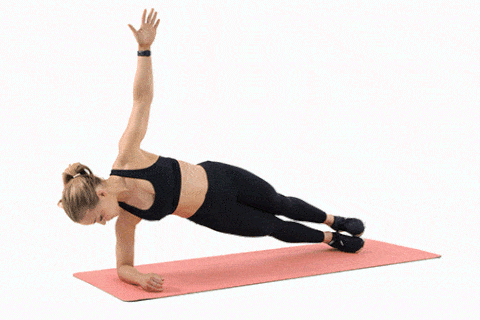
- First, you should lie on your right side with your legs extended and your feet and hips resting on the floor one on top of the other.
- Next, your right elbow should be directly under your shoulder, per the illustration, and then contract your core muscles and lift your hips and knees off the ground.
- You have to hold on as long as you can.
- Then return to the starting position.
- Finally do the other side and repeat.
Glute Bridge
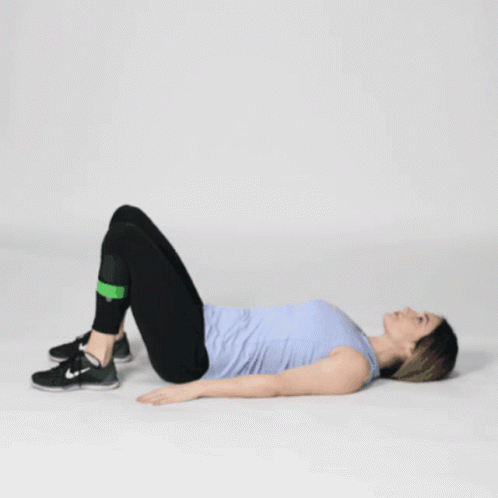
- Lie on your back with your knees bent and your feet flat on the floor.
- Lift your hips off the ground so that your body forms a straight line from your shoulders to your knees.
- Pause when you’re in that position, and then slowly lower your body to the ground.
- Do 2 sets of 12 seconds.
V crunches
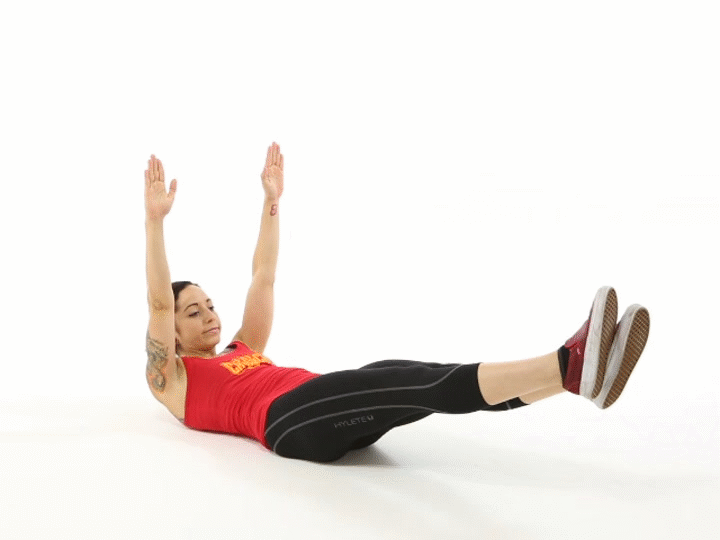
- First, you have to lie down on the ground.
- Next, extend your arms above your head.
- That’s the initial position.
- Next, stand up bringing your arms outstretched and straight towards your legs, which you also raise straight.
- The idea is to lean on your buttocks trying to touch (or get as close as possible) your feet with your hands.
- Then inhale as you return to the starting position.
- You must repeat it between 15 and 25 times.
Superman
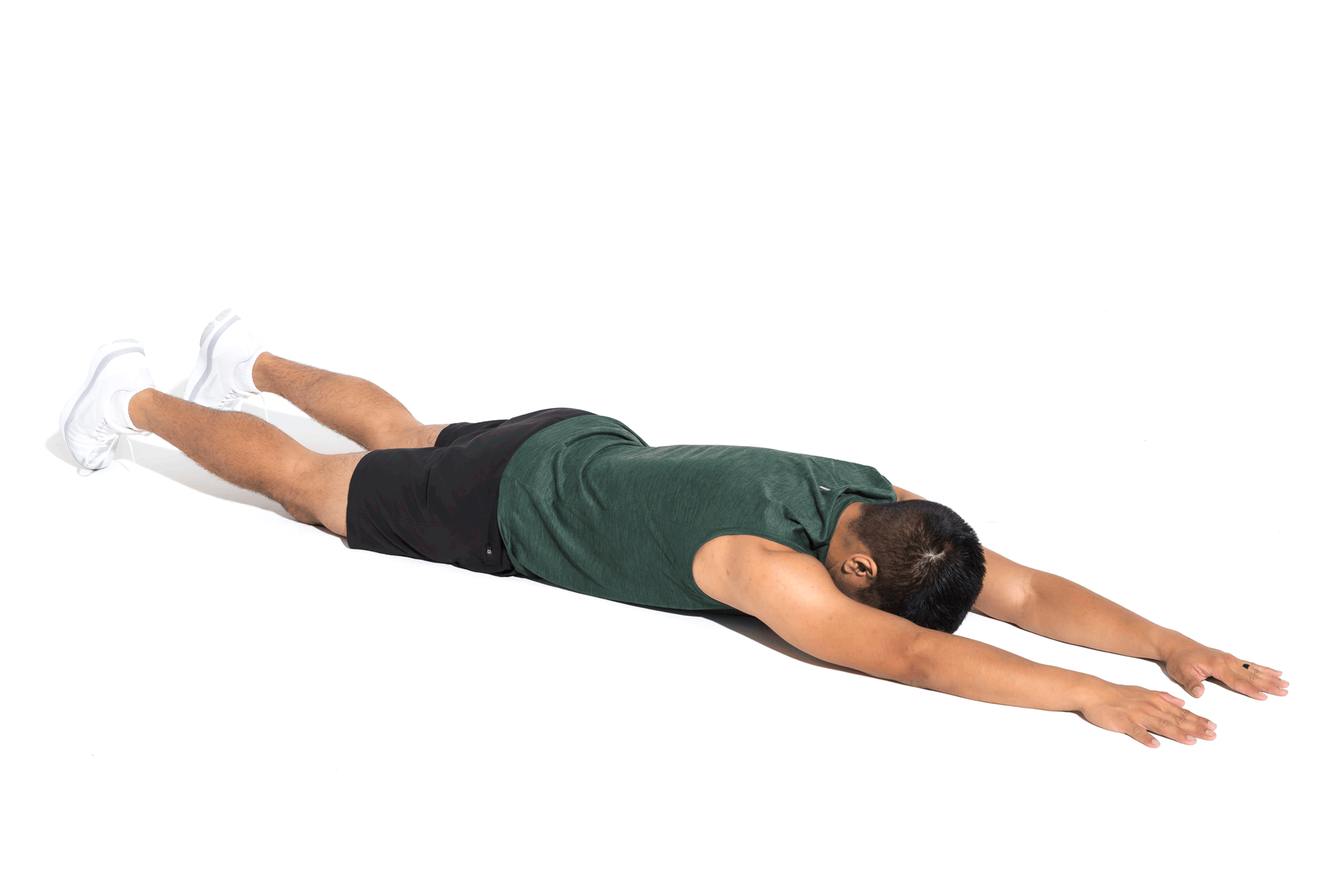
- Lie face down on the floor with your arms and legs extended.
- Lift your chest and legs off the ground as high as possible. Keep your neck neutral.
- Go back to the starting position.
- Repeat for 3 sets of 12 repetitions.